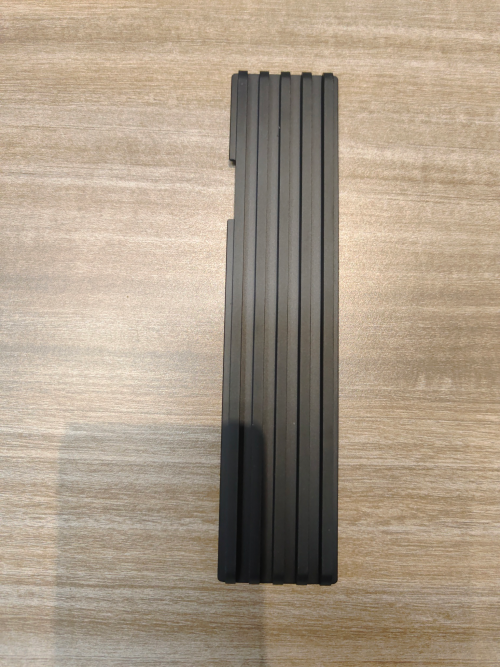How the different options available in the ESL make a difference:
They are the same as in the iESL without change.
I doubt any reviewer could help understanding this. Nor does anyone left iFi, I think.
A lot of the options are superfluous or even potentially problematic outside a flexible stand alone unit for expert/knowledgeable enthusiast users.
I feel most of these should not have been carried over into an "integrated" unit.
- AC termination adjustment - Normal, Pro & Full (which dont seem to have any effect at all on my SR-007)
AC termination is controversial. It creates a low impedance "AC" termination, that is a short circuit for AC on the BIAS connection.
According to some having will make your headphones explode (together with your head).
In reality it reduced crosstalk at low frequencies, via the shared bias connection. It affects soundstaging and only subtly so. I personally prefer AC termination on.
It can be independently enabled for normal out only, pro out only or both. This a carry-over from the stand alone unit that used a rotary switch to select this.
- Impedance adjustment - 16, 24, 64, 96 ohms (preferred 16 Ohms as it seems loudest)
This is about matching the impedance of the iESL to driving Amplifier and/or amplifier output levels. The main adjustment is requiring either 10V input or 20V input for 320V out. It's part of making a stand alone unit flexible.
The 96 Ohm setting (and 24 Ohm) adds a protection resistor in the transformer input, this is mainly relevant with speaker amplifiers.
Think of it as kind of a gearbox, we want a constant speed (voltage at the headphone) but we have different motors (Amplifiers) to match. We do that with an adjustable reduction gear (impedance selector).
In the context of a single box unit with the electronics of the iCAN Pro, which outputs 20V RMS max, there is only one valid setting, 64 Ohm which produces 320V RMS into the headphones.
Use 16 Ohm and 24 Ohm at your own risk, this can produce up to 640V into your headphones which are rated for to only handle ~ 300V. Of course, double the voltage will be louder.
STAX originally disrecommended the iESL and noted they would no honor warranty on their headphones used with iESL, because if settings are applied wrong the extra high output voltage carries a (small) risk of damaging the headphones.
Other 3rd Party Amplifiers and even some of STAX 's own exceed 300V as well.
This was eventually resolved with STAX IIRC, but still, stick to 64 Ohm.
In my view the setting should have been either deleted and hardwired 64 Ohm for a combined unit, or the setting should have been integrated with the SD card mechanism, based on the headphones manufactureres rated maximum output.
Especially when used with the universal gain adjustment (0, 9 or 18dB)
This gain is amplifier gain. Together with the Volume control think of it as the classic gear shift and accelerator in a car.
Gain shifts gear, Volume controls the revs.
There is no specific "right" setting, it is source and headphones dependent.
A general recommendation alwith standard "potentiometer" style Volume controls is that gain should be set to allow "normal" listening levels with the control at "12 O'Clock" +/- 2.
There is no particular technical or sonic point here, other than to make sure you have enough adjustment range for volume
My own personal take is to put on a high dynamic range recording that is fairly quiet, set gain to minimum and to then turn up the volume. If I get to the end of volume control travel and want more loud, go up one gain step.
Lower gain usually means lower noise and distortion.
Thor




















